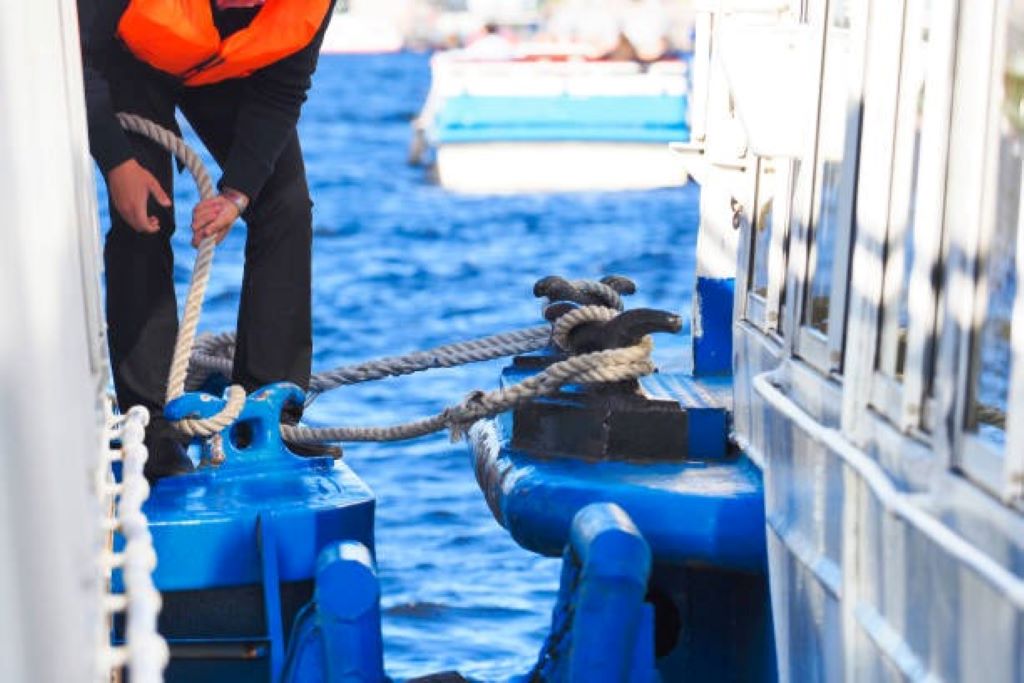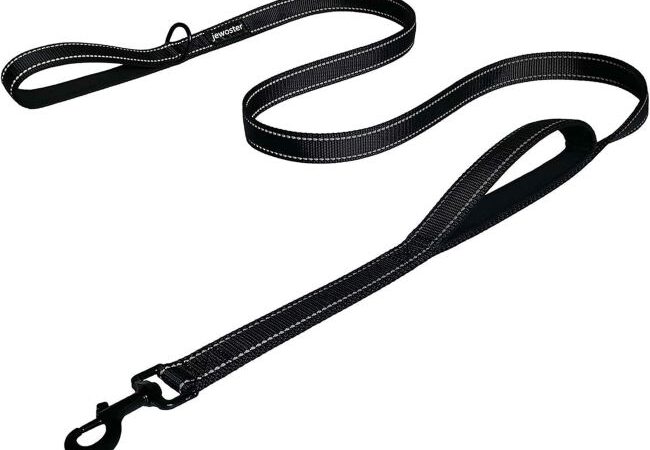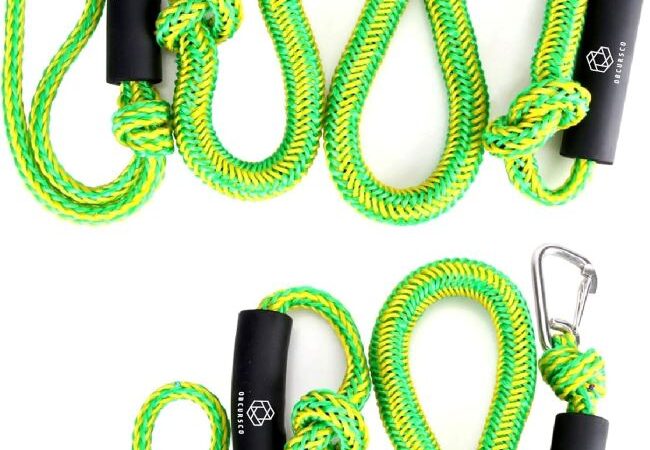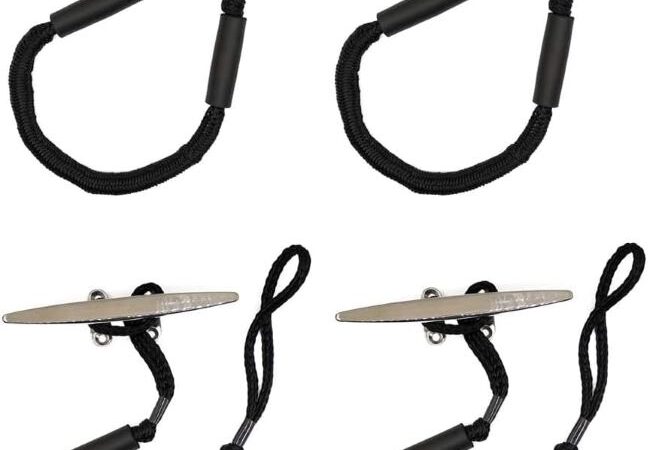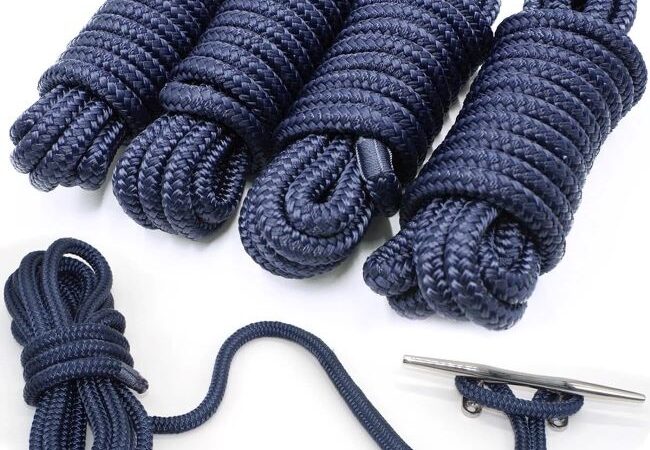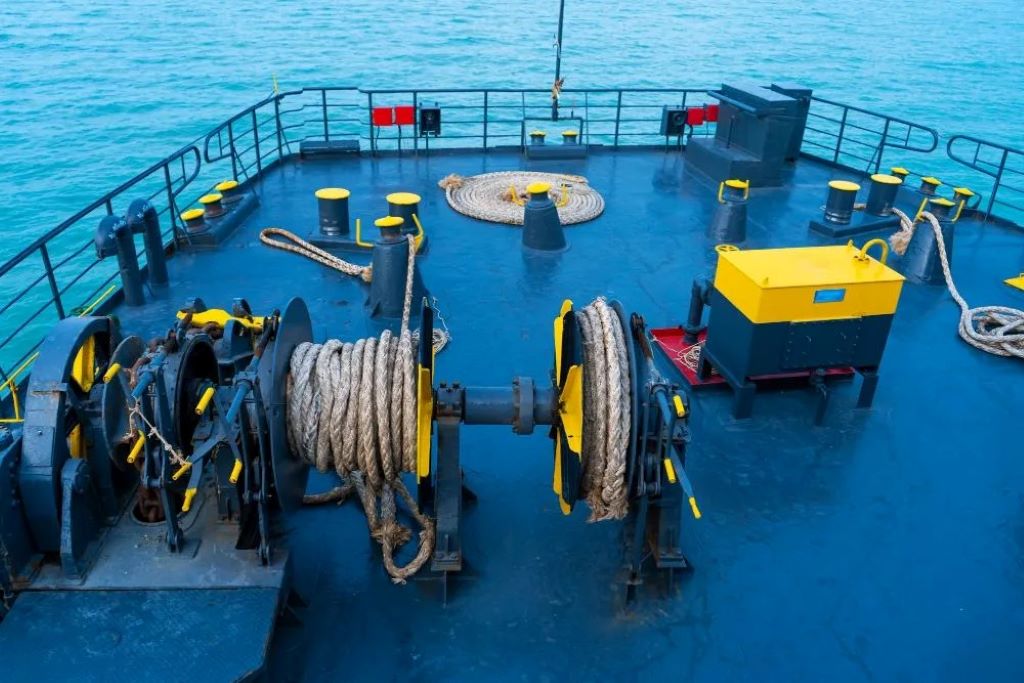
Moored by Science: How Ships Trust Rope to Stay Put
The sight of a massive cargo ship sitting still in a busy harbor might seem mundane. But what keeps that 200,000-ton steel beast from drifting away? It’s not just giant engines or computer systems—it’s rope. Yes, rope. A seemingly simple piece of equipment is one of the most trusted tools in maritime history. But behind that simplicity lies a fascinating blend of physics, engineering, and material science.
Contents at a Glance
ToggleThe Hidden Science Behind Every Knot
Ship mooring isn’t a matter of just tossing a rope overboard. Mooring ropes are the lifelines that secure a vessel against nature’s forces—waves, wind, tides, and current. A well-executed mooring plan ensures the safety of cargo, crew, and infrastructure. According to a 2022 study by Lloyd’s Register, over 1,000 marine incidents annually are linked to mooring line failures, proving the critical importance of proper rope selection and use.
What Makes a Rope Reliable?
The strength of a mooring rope depends on its material composition, design, and application. Traditional ropes were made from natural fibers like hemp or manila. Today, synthetic materials like nylon, polyester, and HMPE (High Modulus Polyethylene) dominate due to their durability and strength.
- Nylon stretches under load, absorbing shock during turbulent conditions.
- Polyester offers stability and UV resistance.
- HMPE (like Dyneema®) boasts the highest strength-to-weight ratio, outperforming steel in many cases.
Each material serves different needs. For example, cruise ships often prefer polyester for comfort, while offshore rigs choose HMPE for its unmatched performance under extreme loads.
Forces at Play: Why Tension Matters
Physics governs every tug and pull on a mooring line. When wind and waves push against the hull, the lines absorb that energy. However, the distribution of tension matters. Unequal tension across lines can cause some to snap prematurely. Experts recommend regular monitoring with load sensors to maintain balance.
A research article in the Journal of Marine Science and Technology revealed that mooring lines often bear loads of over 200 kN (kiloNewtons) in high-sea states. That’s equivalent to the pull of more than 20 tons per line. So, choosing the right rope and monitoring it isn’t optional—it’s essential.
Mooring Methods That Make a Difference
There are several mooring systems in use, and each type calls for different rope strategies:
- Single-point mooring: Typically used in offshore terminals, involving a buoy.
- Taut leg mooring: Lines are held under constant tension for stability.
- Catenary mooring: Uses rope weight to absorb motion, common for deep-water vessels.
Each method relies heavily on both engineering and environmental data. Mooring calculations include wave height, wind speed, tide level, and even seismic activity in certain ports. This data ensures the rope does more than just tie a ship down—it helps it survive in place.
Wear and Tear: Ropes Aren’t Forever
Despite their strength, ropes degrade over time. UV rays, saltwater, friction, and repeated stress cycles all weaken the fibers. A 2021 report by DNV (Det Norske Veritas) found that many operators continue using mooring lines past their intended lifespan, increasing the risk of failure.
Smart solutions are emerging, such as embedded RFID tags that track usage cycles, stress loads, and wear indicators. Some companies now use AI-powered inspection systems to analyze rope integrity with infrared scanning, helping shipowners take proactive steps.
Safety and Human Error: The Unspoken Risk
Human error remains a leading cause of mooring accidents. According to the UK Maritime and Coastguard Agency, improper line handling accounts for nearly 40% of injuries on deck. Mooring lines can recoil violently if they snap under tension—a phenomenon known as “snapback” that’s responsible for several fatalities every year.
Training and equipment upgrades are part of the solution. Many ships now use mooring winches with auto-tension features, reducing manual intervention. Protective barriers and better crew education also play a role in minimizing risk.
Environmental Considerations and Sustainable Ropes
Sustainability is influencing even the world of mooring. Eco-conscious shipowners are turning to biodegradable ropes made from bio-polymers. These materials reduce microplastic pollution and environmental footprint, especially in sensitive marine zones.
While still in early adoption stages, companies like Marlow Ropes and Lankhorst are pioneering sustainable rope lines. These new products offer decent strength ratings while being recyclable or compostable—a win-win for green shipping goals.
Featured Snippet: How Do Ships Use Rope to Stay in Place?
Ships stay in place using mooring ropes that connect the vessel to fixed points like docks, piers, or buoys. These ropes absorb and distribute environmental forces such as wind, waves, and tides. Made from high-strength materials like HMPE or polyester, mooring lines stretch and resist load to keep the ship stable. Advanced ships also use automated tension systems and sensors to monitor rope performance. Regular inspections are vital to avoid rope failure. Essentially, mooring ropes are engineered anchors—flexible yet strong—trusted to hold massive ships securely in place.
Frequently Asked Questions (FAQs)
- What type of rope is best for ship mooring?
High Modulus Polyethylene (HMPE) ropes are among the best, offering high strength, low stretch, and resistance to abrasion and moisture. - How often should mooring ropes be replaced?
Depending on usage and environment, mooring ropes should be replaced every 1–5 years. Regular inspections help determine their condition. - Can mooring ropes break under pressure?
Yes. If not properly maintained or tensioned, ropes can snap under high load, creating dangerous snapback zones on deck. - Are synthetic ropes better than traditional ones?
Synthetic ropes outperform traditional natural fibers in strength, durability, and weather resistance, making them a better choice for modern ships. - What causes mooring rope failures?
Common causes include abrasion, UV degradation, improper tension, overloading, and poor-quality manufacturing. - How much weight can a mooring rope handle?
It varies. Some HMPE ropes can handle up to 1,000 kN, depending on diameter and construction. - Are there regulations for mooring safety?
Yes. IMO, ISO, and classification societies like DNV and ABS issue guidelines on rope specifications and safety procedures.
Final Thought: Rope Isn’t Just a Tool—It’s a Trust
In the world of maritime operations, trust isn’t placed lightly. Yet every ship that docks places immense trust in something as ancient as rope. Thanks to centuries of innovation and a strong foundation in science, these humble lines remain the unsung heroes of the seas. They withstand forces of nature, absorb human error, and adapt to technological change.
As ships grow larger and seas grow rougher, one truth remains: mooring ropes will continue to be the literal and figurative lifelines of maritime safety.
Ready to explore safer, smarter mooring solutions for your fleet? Start by evaluating your current ropes—and trust science to hold the line.
Sources:
- Lloyd’s Register: Maritime Incident Reports
- Journal of Marine Science and Technology
- DNV Mooring Guidelines
- UK Maritime and Coastguard Agency
- Marlow Ropes – Sustainable Ropes
- Lankhorst Ropes
Read More:

